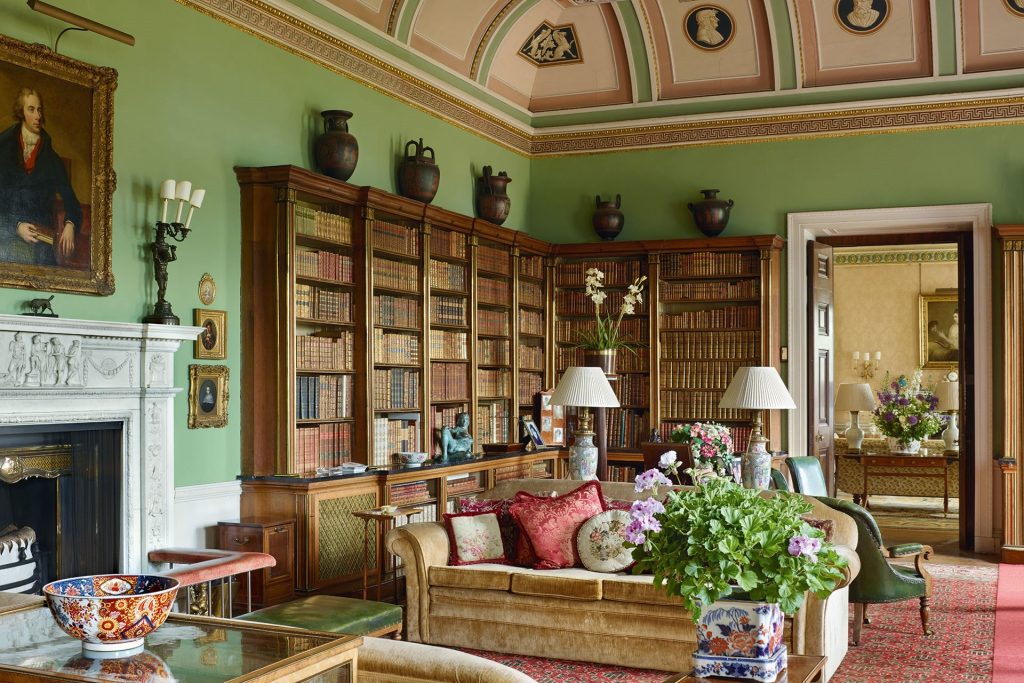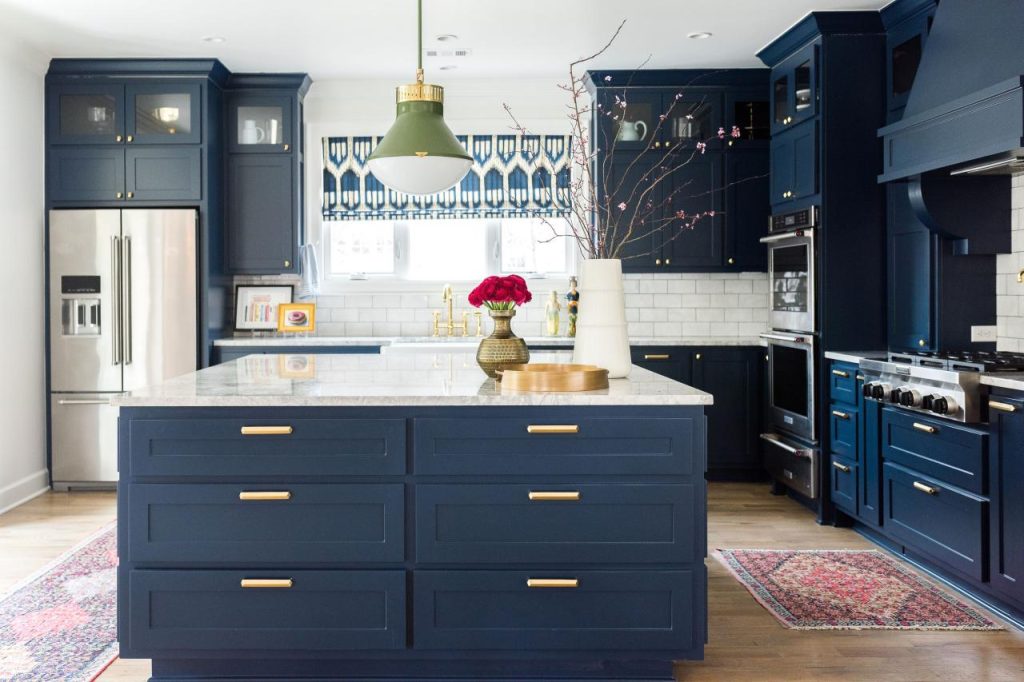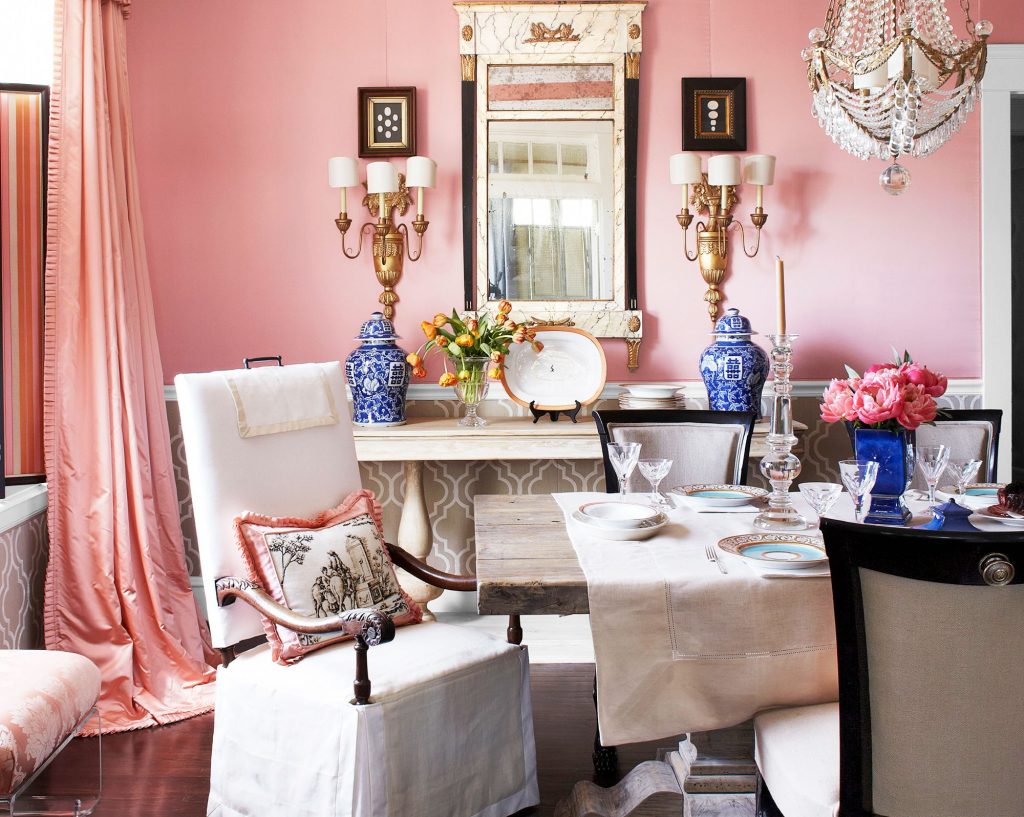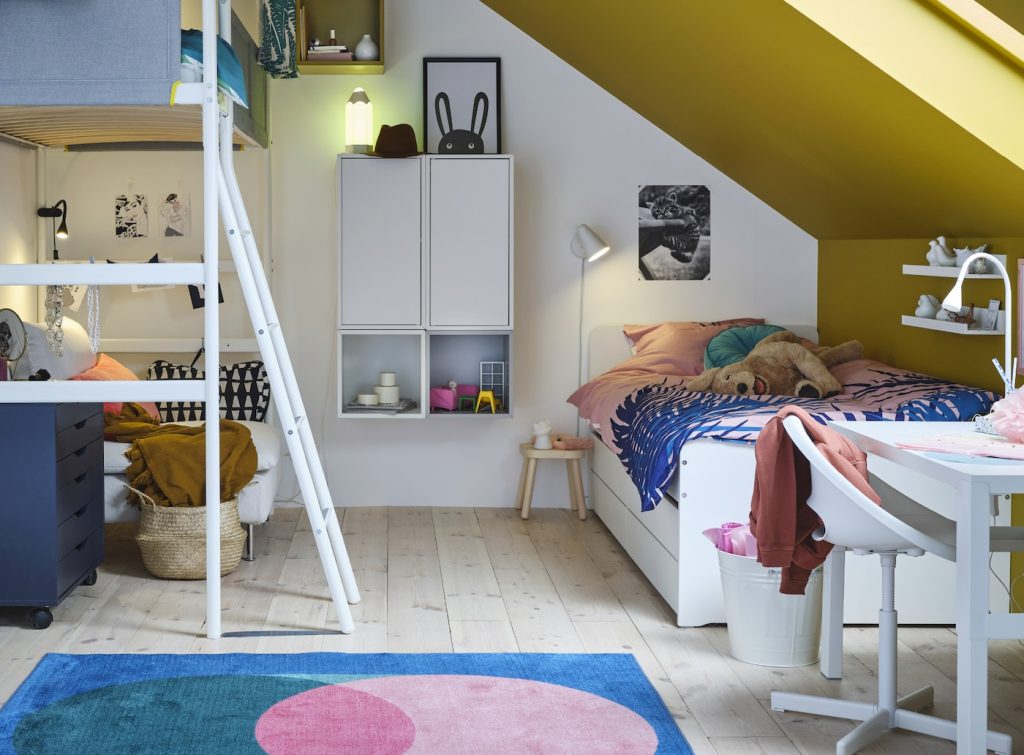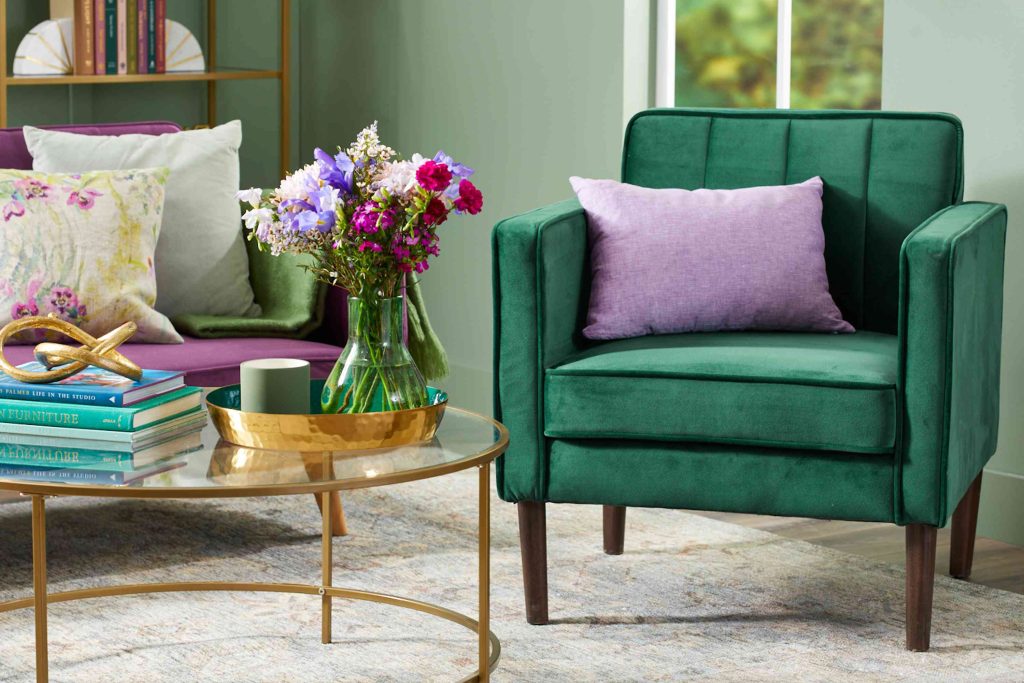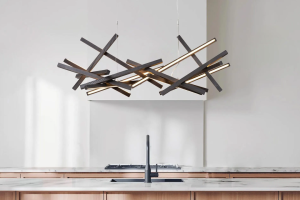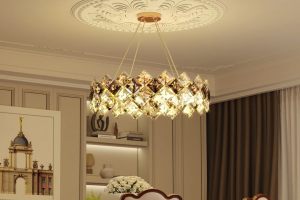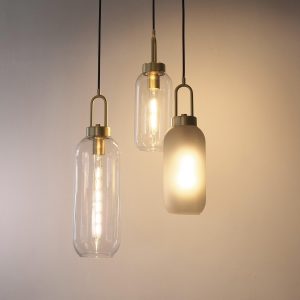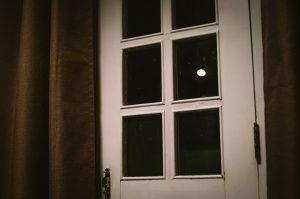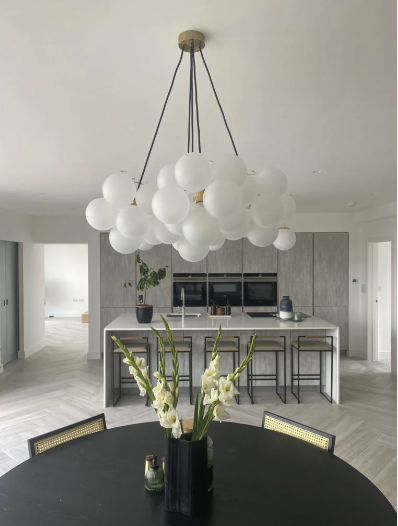
Minimalist design is a philosophy that emphasizes simplicity and functionality, stripping away the unnecessary to focus on what truly matters. Originating in the mid-20th century, this design approach has roots in various movements, including modernism and Bauhaus, which sought to create spaces that were not only aesthetically pleasing but also practical. The essence of minimalism lies in the idea that less is more; by reducing clutter and distractions, one can create an environment that promotes clarity and peace.
This design ethos extends beyond mere aesthetics; it influences how spaces are organized, how objects are chosen, and how light interacts with the environment. In a minimalist space, every element serves a purpose, and each piece is carefully selected for its form and function. This often results in open floor plans, neutral color palettes, and a limited selection of furnishings.
The use of natural materials, such as wood and stone, is common, as these elements add warmth without overwhelming the senses. Lighting Tierio plays a crucial role in minimalist design, as it can enhance the simplicity of a space while also providing necessary illumination. The right lighting can highlight architectural features, create focal points, and contribute to the overall ambiance without detracting from the minimalist aesthetic.
Benefits of LED Lighting
Energy Efficiency and Sustainability
One of the most significant benefits of LED lighting is its energy efficiency. LED lights consume significantly less electricity than their counterparts, often using up to 80% less energy. This not only translates to lower utility bills but also reduces the overall carbon footprint associated with energy consumption. As sustainability becomes increasingly important in design choices, LED lighting stands out as an eco-friendly option that aligns with minimalist principles.
Long-Lasting and Low Maintenance
Another key advantage of LED lighting is its longevity. LED bulbs can last up to 25 times longer than traditional incandescent bulbs, which means fewer replacements and less waste over time. This durability makes them an ideal choice for those who appreciate a minimalist lifestyle, as it reduces the need for constant maintenance and replacement of lighting fixtures.
Flexibility and Versatility
LEDs are available in a wide range of color temperatures and brightness levels, allowing for greater flexibility in creating the desired atmosphere in any space. Whether one seeks a warm, inviting glow or a bright, energizing light, LED technology can accommodate these needs while maintaining the minimalist aesthetic.
Choosing the Right Ceiling Lamp
Selecting the appropriate ceiling lamp is essential for achieving both functionality and style in a minimalist space. When choosing a ceiling lamp, consider factors such as size, shape, and material. A lamp that is too large can overwhelm a room, while one that is too small may not provide adequate illumination.
The shape of the lamp should complement the overall design of the space; for instance, geometric shapes often align well with minimalist aesthetics. Materials such as metal, glass, or wood can enhance the simplicity of the design while adding texture and interest. In addition to aesthetics, it is crucial to consider the type of lighting that best suits your needs.
For example, recessed lighting can provide a clean look while offering ample illumination without taking up visual space. Pendant lights can serve as statement pieces while still adhering to minimalist principles if chosen wisely. Dimming capabilities are also worth considering; adjustable lighting allows for versatility in creating different moods throughout the day or during various activities.
Ultimately, the right ceiling lamp should harmonize with the overall design while fulfilling practical lighting requirements.
Installing Your LED Ceiling Lamp
Installing an LED ceiling lamp requires careful planning and execution to ensure safety and functionality. Before beginning the installation process, it is essential to gather all necessary tools and materials, including a ladder, screwdriver, wire connectors, and electrical tape. If you are not comfortable working with electrical systems or lack experience in home improvement projects, it may be wise to consult a professional electrician to avoid potential hazards.
The first step in installation involves turning off the power at the circuit breaker to prevent any electrical accidents. Once the power is off, remove the existing light fixture by unscrewing it from the ceiling mount and disconnecting the wiring. Carefully follow the manufacturer’s instructions for your new LED ceiling lamp; this typically involves connecting the corresponding wires (usually black to black and white to white) and securing them with wire connectors.
After ensuring all connections are secure and insulated with electrical tape, attach the new lamp to the ceiling mount according to the provided guidelines. Finally, restore power at the circuit breaker and test your new fixture to ensure it operates correctly.
Creating Ambiance with Minimalist Lighting
Creating ambiance in a minimalist space involves more than just selecting the right fixtures; it requires an understanding of how light interacts with various elements within the room. The goal is to establish a harmonious balance between light and shadow that enhances the overall aesthetic without overwhelming it. One effective way to achieve this is by layering different types of lighting—ambient, task, and accent—to create depth and dimension.
Ambient lighting serves as the primary source of illumination in a room and can be achieved through ceiling lamps or recessed lighting. Task lighting focuses on specific areas where activities such as reading or cooking take place; this can be accomplished with pendant lights or adjustable floor lamps. Accent lighting highlights particular features or artwork within a space, adding visual interest without cluttering the environment.
By thoughtfully combining these different types of lighting, one can create a dynamic atmosphere that feels both inviting and serene while adhering to minimalist principles.
Maintenance and Care for LED Ceiling Lamps
Understanding the Importance of Maintenance
Maintaining LED ceiling lamps is relatively straightforward compared to traditional lighting options due to their durability and longevity. However, regular care is essential to ensure optimal performance and extend their lifespan. Dust accumulation can diminish brightness and affect light quality; therefore, periodic cleaning is necessary.
Cleaning and Dusting LED Ceiling Lamps
Use a soft cloth or microfiber duster to gently wipe down the fixture and remove any dust or debris that may have settled on its surface. This simple step can help maintain the lamp’s brightness and overall appearance.
Inspecting for Wear and Damage
In addition to cleaning, it is important to periodically check for any signs of wear or damage to ensure safety and functionality. Inspect wiring connections for any fraying or loose connections that could pose a risk of electrical failure. Regular inspections can help identify potential issues before they become major problems.
Troubleshooting Common Issues
If you notice any flickering or dimming of lights, it may indicate an issue with either the bulb or the fixture itself; addressing these concerns promptly can prevent further complications. By taking these simple maintenance steps, you can enjoy your LED ceiling lamps for years to come while maintaining their minimalist appeal.
Pairing Your Lamp with Minimalist Decor
To achieve a cohesive look in a minimalist space, it is essential to pair your ceiling lamp with other decor elements thoughtfully. The key lies in selecting furnishings and accessories that complement rather than compete with your lighting choice. For instance, if you opt for a sleek metal pendant lamp, consider incorporating other metal accents throughout the room—such as picture frames or furniture legs—to create visual harmony.
Color coordination also plays a significant role in achieving a minimalist aesthetic. Neutral tones like whites, grays, and beiges work well with most LED fixtures while allowing them to stand out as focal points without overwhelming the space. Textures can add depth; consider incorporating natural materials like wood or stone alongside your lighting choices to create warmth without sacrificing simplicity.
Ultimately, every element should work together seamlessly to enhance the overall design while maintaining an uncluttered appearance.
Maximizing Energy Efficiency with LED Lighting
Maximizing energy efficiency with LED lighting goes beyond simply choosing LED bulbs; it involves understanding how to use them effectively within your space. One of the most effective strategies is utilizing smart technology that allows for remote control of lighting systems. Smart bulbs can be programmed to adjust brightness levels based on time of day or occupancy patterns, ensuring that energy is not wasted when rooms are unoccupied.
Additionally, consider incorporating natural light into your design whenever possible. Strategically placing mirrors can help reflect daylight throughout your space, reducing reliance on artificial lighting during daylight hours. Using dimmers on your LED fixtures allows you to adjust brightness according to specific needs or moods while conserving energy when full illumination is unnecessary.
By combining these strategies with your choice of LED lighting fixtures, you can create an energy-efficient environment that aligns perfectly with minimalist design principles while promoting sustainability.

